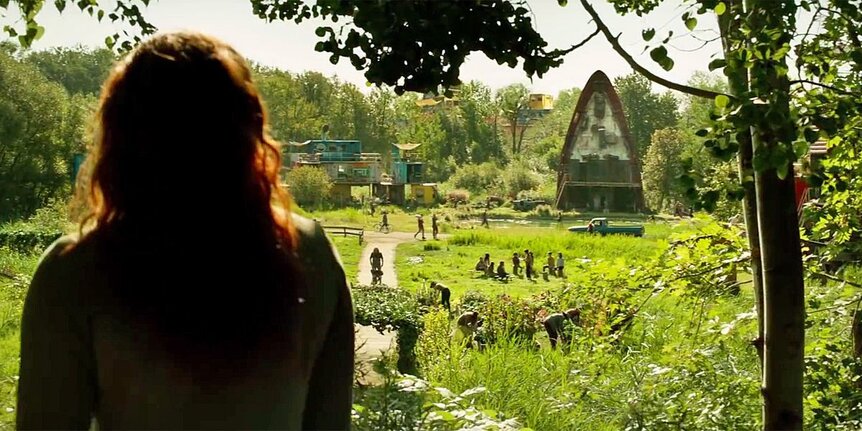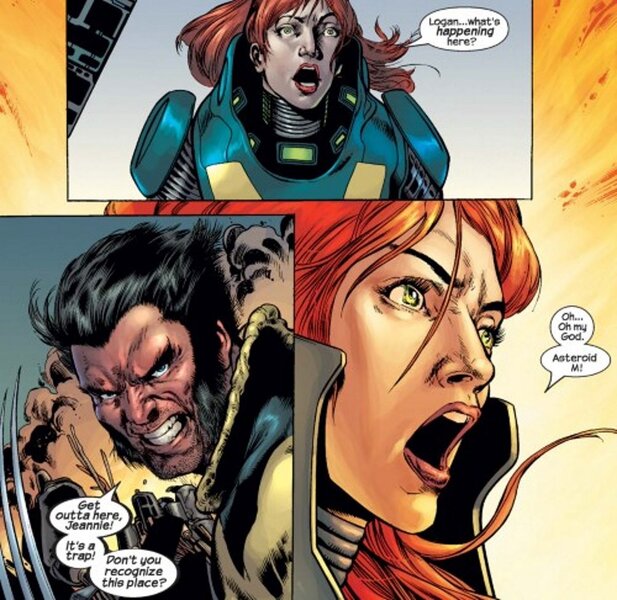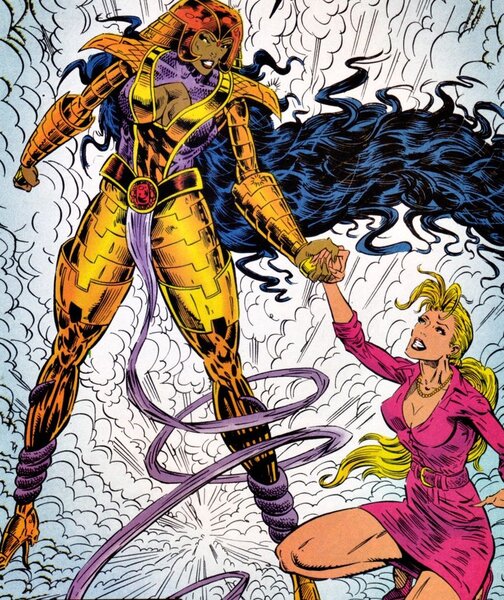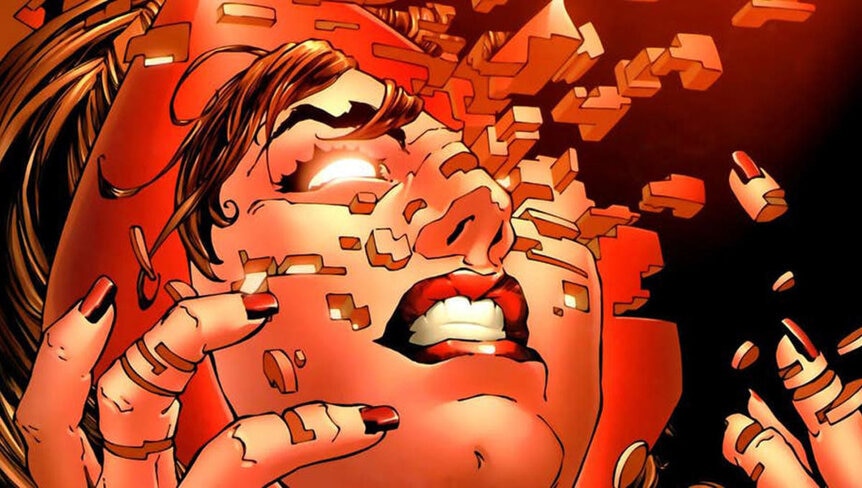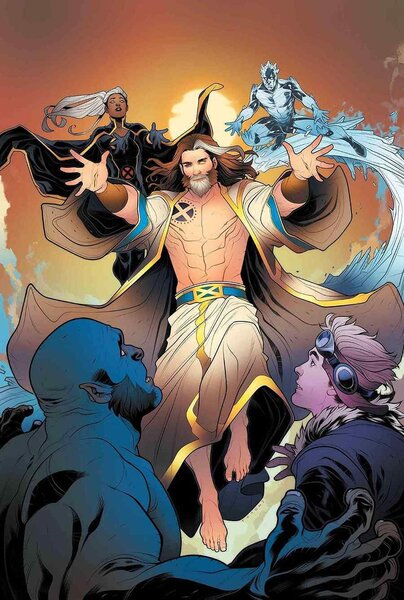Create a free profile to get unlimited access to exclusive videos, sweepstakes, and more!
Are the X-Men's mutant utopias always doomed to fail?
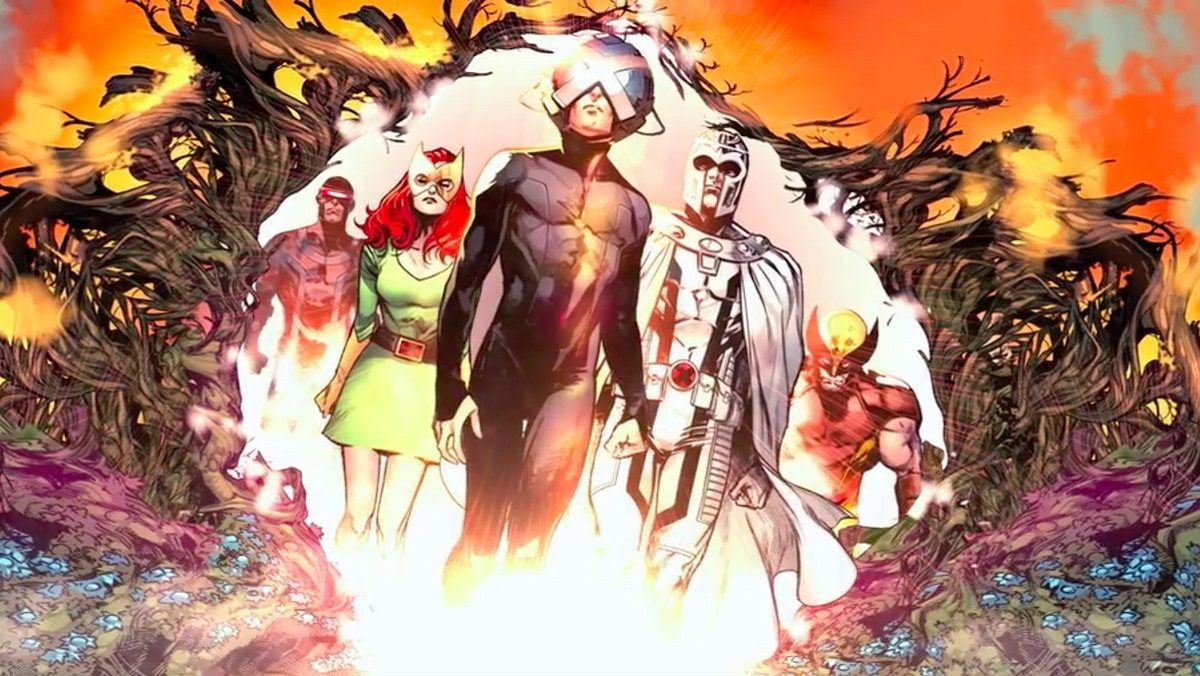
In Jonathan Hickman’s House of X/Powers of X reboot, the X-Men have left human society and made a home of “the living island” Krakoa. Once considered a malicious entity, Krakoa has been reimagined as a utopia on which all mutants might seek sanctuary. This story is brand new, so who knows how it might all go wrong, but teaming up with Mister Sinister and creating a profoundly disturbed incarceration system certainly doesn’t bode well for the future. In some ways, HOX/POX can be read as an extended reflection on Xavier and the X-Men’s many failed mutant paradises.
Well, we can tell you all about that right now. These are just a handful of the X-Men’s many failed utopias, and why it is they failed.
Genosha
Genosha was initially considered a prosperous and ideal society, but it was soon discovered that the economy was powered via the enslavement of mutants. A man known as the Genegineer would brainwash mutants and assign them numbers rather than names then set them to work. Their lives were intentionally short and anonymous. When the X-Men discovered the inner workings of the state, they helped to liberate its people.
Well, the fact that the ultimate ambition of the original society was to succeed via the enslavement of a massive portion of its population is... not great. When it was liberated, the story focused on the X-Men as its saviors, but these characters would never be able to fully commit to rebuilding Genosha. Power dispersed via revolution generally does not remain dispersed for long, and Genosha often saw itself reduced to a warzone. When it was reclaimed by Magneto in the hopes of creating a haven for mutants, the sheer act of it becoming a visible mutant state marked it as an immediate target, and it was soon destroyed. The turmoil of Genosha has at this point led to hundreds of thousands, if not millions, of deaths, particularly affecting the mutant community.
Avalon
Magneto created a space station that orbited the earth called Asteroid M from which he carried out his schemes and tried his very hardest to kill X-Men at every opportunity. After it was destroyed and parts of it commandeered, he used parts of it to create Avalon, where he lived briefly with his Acolytes (aka the Magneto Cult).
Magneto was never prepared to be worshipped as some kind of a cult leader. His failing health, increasing inability to engage with his followers, and a general lack of direction allowed for a coup to occur that would have been impossible to recover from. In its appearances since, it is generally considered to be where Magneto goes to isolate himself rather than a sanctuary for mutants. After it was once again struck from the sky, the X-Men raised it from the ocean to create a mutant sanctuary quite literally named Utopia. This was plagued by issues, not the least of which being that it was just kind of levitating in the water and eventually began to sink. During the truly difficult to comprehend events of Avengers Vs. X-Men, Utopia was abandoned.
Haven
Well, the long and the short of it is that a mutant named Haven felt that killing half the Earth’s population would lead to heaven on Earth, so she went ahead and tried to get the ball rolling on that by… killing a bunch of people.
There isn't a lot of mystery to this one. Haven's plan failed point-blank because it was a terrible idea. Though she didn't seem to intend to do so, Haven's promises of a better world through suffering hurt a lot of people.
House of M
The Scarlet Witch was on one for a while and accidentally ended up murdering some of her ex-boyfriends during Avengers: Disassembled. This didn’t go over great with the other Avengers. Magneto took her to Genosha (didn’t we just tell you?) where she was treated by some quack named Professor X. People started getting nervous about the unstable, omega-level mutant that didn’t seem to be getting anywhere via her treatment, so Wanda decided to attempt to fix the situation in the most doomed way possible — by giving Magneto a world specifically orchestrated to make him happy.
Here’s the thing: Magneto cannot be happy, and any attempt to make him happy is not going to work out. His position in the world did nothing to curb his genocidal tendencies, and he rapidly reverted to type when under the slightest amount of stress. Meanwhile, Wanda had just about had it, and she depowered a ton of her fellow mutants and essentially tried to end the mutant race entirely. To this day, Wanda is referred to as The Pretender on Krakoa and considered by many mutants to be complicit in an attempted genocide.
Age of Apocalypse/ Age of X
The first Age Of story saw a desperate and disturbed Legion attempt to go back in time to assassinate Magneto, who he felt represented all of mutantkind’s problems. He accidentally killed his own father, Charles Xavier, and kicked off a utopian future that was quickly usurped and turned dystopian by Apocalypse. In Age of X, Legion’s misguided attempts at creating a wonderland for the X-Men once again took center stage, with much the same results.
It's probably pretty obvious even for people that didn't read these arcs that Legion’s plans are not super well thought out and tend to focus on the symptoms of the problems at hand rather than the disease. In this way, it's a bit of a case of "like father, like son." Allowing dreamy optimism to cloud judgment while self-excusing major moral oversights is a primary reason that most of fiction's utopias fail, and those of the X-Men are no different.
